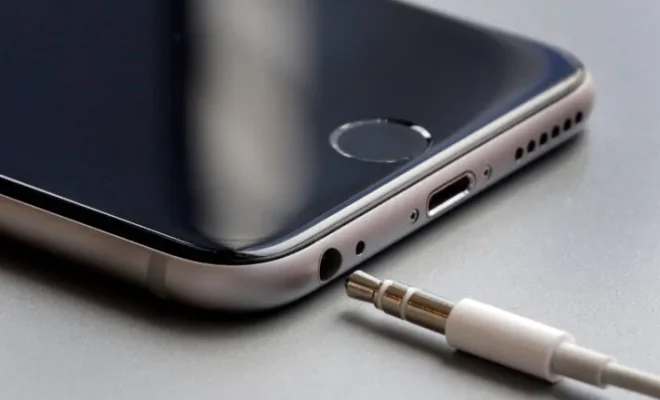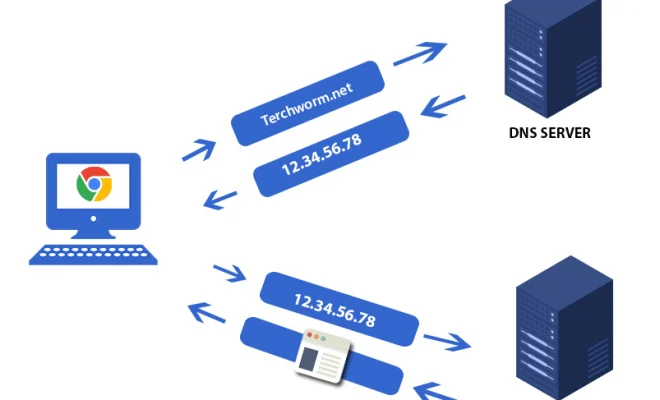How to Remote Wipe Your Windows PC

Remote wiping is a method of erasing data from a device while it’s not in the owner’s possession. In this article, we will be showing you How to Remote Wipe Your Windows PC.
Before we dive into the steps involved in remote wiping, it’s important to know that not all remote wiping solutions are created equally. Some systems may require that you pay a subscription fee or have an account before you can remotely wipe your computer. Additionally, some systems may work better than others at removing all traces of your data. Therefore, it’s important to do proper research on the right remote wiping solution for your PC.
Here are the steps to remotely wipe your Windows PC:
Step 1: Create a recovery key
The first step to remotely wiping your Windows PC is to create a recovery key. The recovery key is a unique code generated by Windows to enable remote wiping on your device. This key should be stored in a secure location and not on your machine. You can create the recovery key by following these steps:
1. Go to your device settings.
2. Click on Update and Security.
3. Select Device encryption.
4. Click on Backup recovery key.
5. Save your recovery key in a secure location.
The next step is to enable remote wipe on your device. To enable remote wipe on your device, follow these steps:
1. Log in to your Microsoft account.
2. Navigate to “Devices”.
3. Select the PC you want to be wiped.
4. Click on “More actions”.
5. Click on “Remote wipe”.
6. Confirm your action.
Step 3: Verify the completion of the remote wipe
After confirming your action, your Windows PC will start the wiping process. Wait for the process to complete, and then check to see if it was successful. You can verify the completion of the remote wipe by checking your Windows device, making sure that all your files have been wiped from the device.
Remote Wiping is an effective method of protecting your personal information. By following the steps outlined in this article, you can carry out a remote wipe on your Windows PC. However, it’s important to remember that remote wiping is not a foolproof solution. It’s still vital to employ other security measures, such as strong passwords and two-factor authentication, to safeguard your data.






